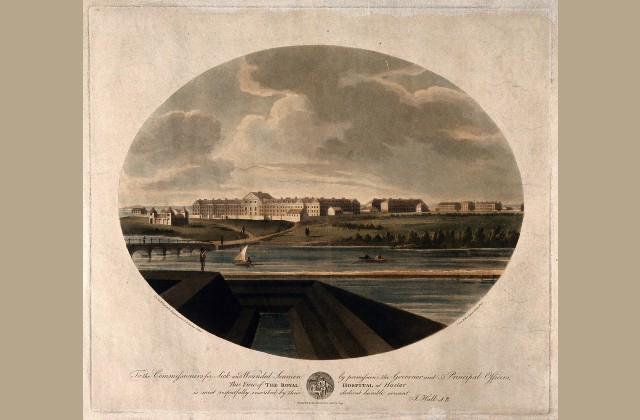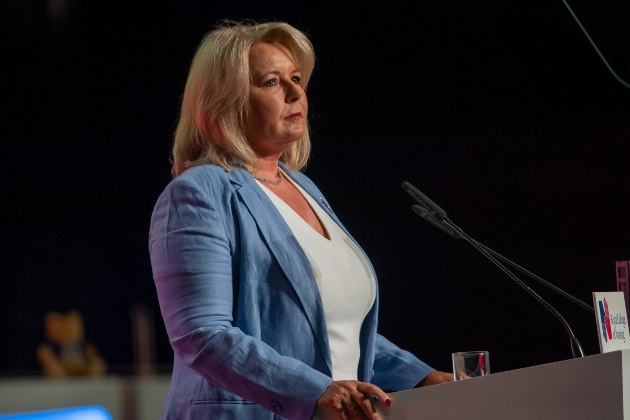Jack’s sexual abuse started when he was 13 years old. It turned him from a model student, popular with classmates, into a troubled boy with serious physical and psychological problems.
A report published last year by the Bradford Safeguarding Children Board says Jack’s problems came to light after he contacted Childline to say someone was threatening to post nude pictures of him on the internet.
But police failed to deal with the incident according to child protection procedures. As a result, he was left at high risk from predatory paedophiles, the report says. Twenty men were convicted of sexual and grooming offences against Jack. “He was robbed of his childhood,” his father said.
There are many others like Jack. While 21st century technology can expand young people’s horizons, it also places them at risk. And when school nurses meet for their annual RCN conference in August, they will be encouraged to reflect on their role in preventing and identifying cases of online grooming.

Identifying those at risk
Ray McMorrow, health specialist with the NWG Network and a former chair of the RCN Children and Young People (CYP) Staying Healthy Forum, says children with vulnerabilities are at particular risk of online grooming – those growing up in households where there is domestic violence, for example.
And as with Jack, teenagers experimenting with their sexuality may be easily manipulated. If they fail to understand the nuances of what’s going on they can quickly be groomed into sexual exploitation, Ray says.
But Breck Bednar, a 14-year-old boy murdered by a young man he met online, was, Ray suggests, an example of something different.
“Breck was an ambitious young man whose vulnerability factors were very limited. But he was driven to succeed in the gaming world, and that was what was identified by the groomer.”
He adds: “That reflects what we see in sports as well – you can groom people through their ambition.”
Hidden crime
The incidence of online grooming is difficult to determine because much is likely to be unreported. But the National Crime Agency (NCA) is clear that the use of live streaming platforms by online sex offenders is definitely on the rise and is evidence of how quickly the online environment changes.
In a single week last year, the NCA says nearly 200 people across the UK were arrested on suspicion of offences relating to child sexual abuse. Of those cases, 30% involved “highest harm” offences, including live streaming, blackmail and grooming.
And a 2016 survey by Barnardo’s found that 42% of children supported by the charity’s sexual exploitation services had been groomed online. Barnardo’s says: “What starts as an innocent and harmless chat with a ‘friend’ can very quickly develop into a dangerous relationship with devastating consequences.”
A safe haven
But school nurses are well-placed to identify early indications of problems, says Leila Francis, a designated safeguarding nurse and CYP forum committee member.
“These young people need long-term support and school nurses are quite key,” she says. “They aren’t specialist counsellors but they are often seen as a safe haven in the school, away from the teaching side. If the nurse is there once a week, once a month, children can build up a trusting relationship.”
Identifying early indicators of grooming is not always straightforward. But, says Leila, children who present with seemingly trivial complaints, along with evidence of behaviour changes, diminished self esteem and self confidence, being absent from school, and drug or alcohol use, can trigger concerns.
School nurse figures dropping
Difficult conversations may follow and, if necessary, a referral, which raises issues about sharing information. But school nurses are trained to give very clear information about confidentiality, Leila says.
“They all have safeguarding training, and are aware of their responsibilities and that there may be a requirement to make a referral should they suspect something is happening. That’s a judgement call.”
With school nurses in a position to identify and help prevent online grooming, it would make sense to match their numbers to the rise in exploitation of children.
The government should be prioritising this expertise - not cutting roles
But at RCN Congress last year, figures were released showing that school nursing posts had plummeted by 16% since 2010, leaving just 2,553 in the NHS.
Fiona Smith, RCN Professional Lead for CYP Nursing, says: “Child sexual exploitation and assault are on the rise and it’s clear that many children are at serious risk.
“School nurses are there for all children and young people, providing support, encouraging healthy lifestyles and protecting those who are most vulnerable. The Government should be prioritising this expertise – not cutting the roles when we need them most.”
On behalf of children like Jack, that call is likely to be repeated at this year’s conference in August.
And if ministers need further proof of school nurses’ value, they might consider the serious case review report concerning Jack. The school nurse team provided him with “very good support”, it says. Tragically, it was other agencies that did not.
Find out more...
The RCN school nurses conference and exhibition takes place on Wednesday 22 August 2018, Amba Hotel Marble Arch, London.








